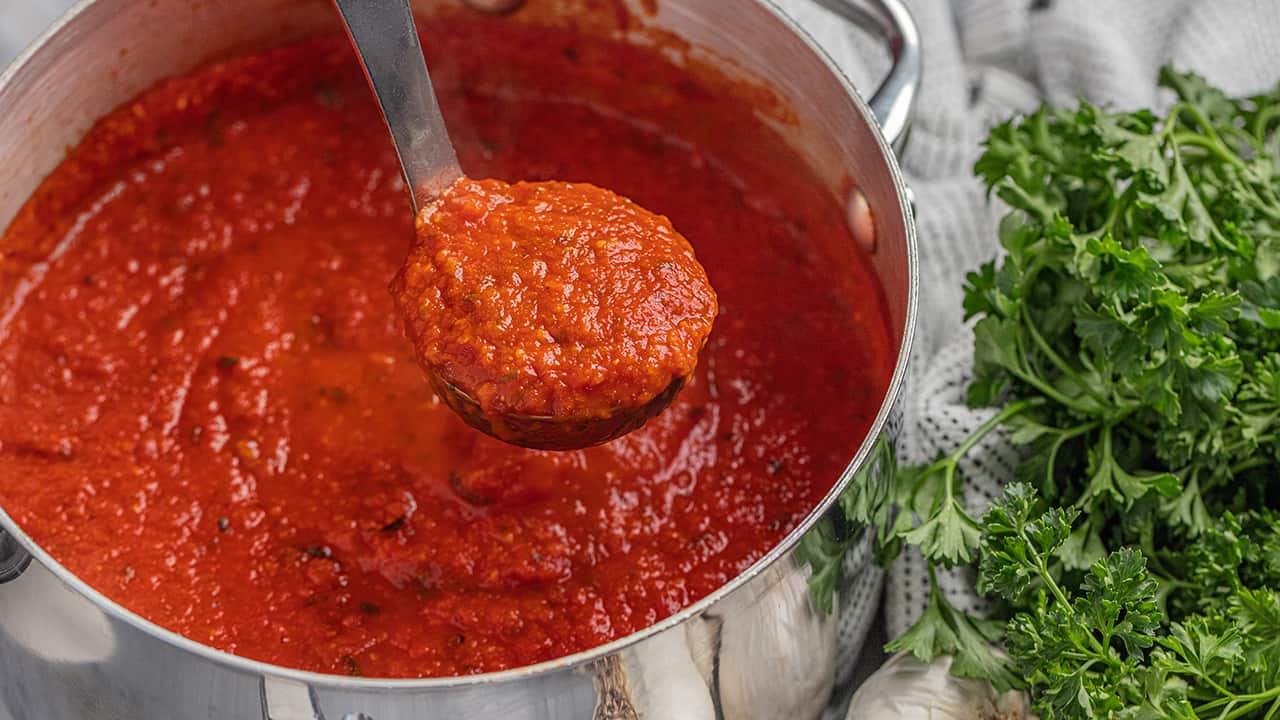

Articles
How To Store Homemade Spaghetti Sauce
Modified: February 24, 2024
Learn the best tips for storing homemade spaghetti sauce in this informative article. Discover the proper techniques to keep your sauce fresh and flavorful for longer.
(Many of the links in this article redirect to a specific reviewed product. Your purchase of these products through affiliate links helps to generate commission for Storables.com, at no extra cost. Learn more)
Introduction
Homemade spaghetti sauce is a delicious and versatile staple that can be enjoyed on its own or used as a base for a wide range of Italian dishes. Whether you’ve made a batch of sauce from scratch or have leftovers from a hearty pasta dinner, knowing how to store homemade spaghetti sauce properly is essential to ensure its freshness and flavor.
In this article, we will guide you through the step-by-step process of storing homemade spaghetti sauce, whether you prefer freezing it or storing it in jars. We’ll cover everything you need to know, from cooling the sauce properly to choosing the right containers and labeling them for easy identification. So, let’s dive in and learn how to store your homemade spaghetti sauce like a pro!
Key Takeaways:
- Properly cooling homemade spaghetti sauce before storage is crucial to prevent bacterial growth and maintain freshness. Use wide-mouthed containers and an ice bath for even cooling.
- Whether freezing or storing in jars, choosing the right containers is key. Opt for food-grade materials, ensure airtightness, and label with date and contents for easy identification.
Read more: How To Store Spaghetti Sauce
Step 1: Properly Cooling the Sauce
Before you can store your homemade spaghetti sauce, it’s essential to cool it properly to prevent the growth of bacteria. Here’s how to do it:
- Start by removing the sauce from the heat and allowing it to cool slightly in the cooking pot for about 10-15 minutes. This will help the temperature to drop gradually.
- Once the sauce has cooled slightly, transfer it to a shallow, wide-mouthed container. This will help the sauce cool faster and evenly.
- Place the container in an ice bath or fill your kitchen sink with cold water and place the container in it. Stir the sauce occasionally to promote faster cooling.
- Continue cooling the sauce until it reaches room temperature. This process may take anywhere from 1 to 2 hours, depending on the quantity of sauce. Avoid leaving the sauce at room temperature for an extended period, as it can spoil.
- Once the sauce has cooled to room temperature, you can proceed to the next step of storing it.
Properly cooling the sauce before storage is crucial because hot or warm sauce can create condensation inside the container, leading to moisture buildup and potential bacterial growth. By following these steps, you will ensure that your homemade spaghetti sauce stays safe and delicious for future use.
Step 2: Choosing the Right Containers
When it comes to storing homemade spaghetti sauce, selecting the right containers is key to maintaining its quality and preventing any leakages or freezer burn. Here are some factors to consider when choosing containers:
- Material: Opt for containers made of food-grade materials such as glass, BPA-free plastic, or stainless steel. These materials are less likely to react with the sauce and affect its taste.
- Size: Consider the quantity of sauce you typically use in a single serving or recipe. Choose containers that can hold portions that are convenient for your needs. It’s also a good idea to have a variety of container sizes to accommodate different quantities of sauce.
- Airtightness: Ensure that the containers have tight-fitting lids to prevent air from entering and causing freezer burn or spoilage. Look for containers with a reliable locking mechanism or silicone seals.
- Freezer-safe: If you plan to freeze the sauce, make sure the containers are freezer-safe and can withstand low temperatures without cracking or shattering.
When it comes to containers, glass jars with screw-top lids are an excellent option for storing homemade spaghetti sauce. They are sturdy, reusable, and provide an airtight seal. Mason jars are a popular choice, as they are designed specifically for canning and preserving foods. Be sure to leave some headspace in the jar to allow for expansion during freezing.
If you prefer using plastic containers, opt for high-quality, BPA-free containers that are labeled as freezer-safe. Look for containers with airtight snap-on lids or ones that have a tight seal when closed.
Remember to check the condition of your containers before each use. Inspect for cracks, chips, or any signs of wear and tear. Damaged containers can compromise the integrity of the sauce and put it at risk of contamination.
By choosing the right containers, you can ensure that your homemade spaghetti sauce remains fresh and flavorful during storage, whether in the freezer or the fridge.
Step 3: Freezing the Sauce
If you wish to extend the shelf life of your homemade spaghetti sauce, freezing is an excellent option. Follow these steps to properly freeze the sauce:
- Ensure that the sauce has cooled down to room temperature before freezing. This helps to maintain the quality of the sauce and prevents the formation of ice crystals.
- Divide the sauce into smaller portions based on your usage needs. Freezing in smaller portions allows for easier thawing and reduces the risk of waste.
- If using plastic containers or freezer bags, leave some headspace to account for expansion as the sauce freezes. For glass jars, ensure that there is enough headspace below the rim to prevent cracking.
- Label each container or bag with the date and contents of the sauce. This will make it easier to track the freshness of the sauce and prevent confusion.
- Place the labeled containers or bags in the freezer, ensuring they are arranged in a single layer for quick and even freezing.
- Once the sauce is frozen, you can stack the containers or bags to save space. Just make sure they are securely sealed to prevent any air from entering.
It’s important to note that homemade spaghetti sauce can be safely stored in the freezer for up to 3-4 months. Beyond this time, the quality may start to deteriorate. Make sure to rotate your sauce stock, using the oldest ones first to avoid any potential wastage.
When using frozen sauce, you can thaw it in the fridge overnight or use the defrost setting in the microwave if you need it quickly. Once thawed, heat the sauce thoroughly before adding it to your favorite pasta or other dishes.
By following these steps, you can freeze your homemade spaghetti sauce properly, ensuring that it remains fresh and ready to use whenever you’re craving a delicious pasta meal.
Step 4: Storing Sauce in Jars
If you prefer storing your homemade spaghetti sauce in jars rather than freezing it, here’s how to do it:
- Ensure that the sauce has cooled down to room temperature before transferring it to the jars. This helps to prevent thermal shock and potential breakage of the jars.
- Using a ladle or a large spoon, carefully transfer the sauce into clean, sterilized jars, leaving about 1/2 inch of headspace at the top.
- Wipe the rims of the jars clean with a damp cloth to remove any sauce residue. This ensures a proper seal and prevents contamination.
- Place the lids on the jars and screw them on tightly. Make sure not to overtighten, as this can affect the proper sealing of the jars.
- If you’re using mason jars or jars specifically designed for canning, you can process them in a water bath canner to create a vacuum seal. This is optional but can provide added preservation and longer shelf life.
- Label each jar with the date and contents to keep track of freshness.
- Store the jars in a cool, dark place, such as a pantry or a cupboard, away from direct sunlight and heat sources.
When it comes to storing sauce in jars, it’s crucial to follow proper canning techniques if you want to create a vacuum seal. This involves submerging the jars in a boiling water bath for a specific period, usually based on the size of the jar and altitude. Make sure to consult reliable canning resources or recipes for detailed instructions on water bath canning if you choose to go down this route.
When stored in properly sealed jars, homemade spaghetti sauce can last for up to 1 year. However, it’s always a good idea to check the seals before consuming the sauce. If the lid pops or feels loose, discard the sauce to ensure safety.
Storing your homemade spaghetti sauce in jars can be a convenient and space-saving option, allowing you to have a delicious sauce ready whenever you need it. Just be sure to follow the proper guidelines for canning and monitor the seals for freshness and safety.
Store homemade spaghetti sauce in airtight containers in the refrigerator for up to 5 days, or freeze in freezer-safe containers for up to 3 months. Be sure to leave some room at the top of the container for expansion when freezing.
Read more: How To Store Homemade Sauces
Step 5: Labeling and Dating the Sauce
Labeling and dating your homemade spaghetti sauce is essential for easy identification and to keep track of its freshness. Here’s how to effectively label and date your sauce:
- Use waterproof and smudge-proof labels or markers to ensure that the labels remain intact even if the jars or containers come into contact with moisture.
- Clearly write the contents of the sauce on each label. For example, “Homemade Spaghetti Sauce” or “Tomato and Basil Sauce.”
- Include the date on which the sauce was made or stored. This allows you to keep track of its freshness and use it in a timely manner.
- If you have multiple jars or containers with different flavors or variations of the sauce, consider adding additional details to the labels, such as “spicy” or “with mushrooms.”
Properly labeling and dating your sauce ensures that you can quickly identify it in your pantry, fridge, or freezer. It prevents confusion and allows you to use the oldest sauce first to minimize waste.
Additionally, if you have modified the sauce or added any ingredients after storing it, make sure to update the label accordingly. This will help you keep track of any changes and ensure that you use the sauce while it is still fresh.
Remember to store your labeled jars or containers in an organized manner, with the oldest ones in front for easy access and use.
By taking a few extra moments to label and date your homemade spaghetti sauce, you’ll have a well-organized pantry or freezer, making meal preparation a breeze and ensuring that your sauce is always at its best.
Step 6: Ideal Storage Conditions
To ensure the longevity and quality of your homemade spaghetti sauce, it’s important to store it under the ideal conditions. Here’s what you need to know:
- Temperature: Store your sauce in a cool environment with a consistent temperature. Ideally, the temperature should be between 40°F (4°C) and 70°F (21°C). Avoid storing the sauce near heat sources, such as the stove or oven, as this can cause spoilage.
- Light: Exposure to light can degrade the quality of the sauce over time. Store the sauce in opaque containers, such as glass jars or freezer-safe plastic containers, to minimize light exposure. Alternatively, store the sauce in a dark cupboard or pantry.
- Moisture: Moisture can lead to the growth of mold or bacteria. Ensure that the containers are tightly sealed to prevent moisture from entering. If storing the sauce in the fridge, make sure to cover the containers with plastic wrap or wax paper to protect against moisture absorption.
- Air: Air exposure can cause oxidation and spoilage of the sauce. Keep the jars or containers tightly sealed to minimize air contact. For frozen sauce in plastic bags, squeeze out as much air as possible before sealing.
By maintaining the ideal storage conditions, you can extend the shelf life of your homemade spaghetti sauce and ensure that it remains fresh, flavorful, and safe to consume.
It’s also important to periodically check your stored sauce for any signs of spoilage, such as mold or an off smell. If you notice any unusual changes, discard the sauce to prevent the risk of foodborne illness.
Remember to rotate your sauce stock, using the oldest ones first, to avoid any potential wastage and ensure that you enjoy your homemade spaghetti sauce at its best.
By following these guidelines, you can create the optimal storage conditions for your homemade spaghetti sauce, allowing you to enjoy its delicious flavors for an extended period.
Step 7: Thawing and Using Frozen Sauce
When the time comes to use your frozen homemade spaghetti sauce, proper thawing techniques are crucial to maintain its flavor and quality. Here’s how to thaw and use your frozen sauce:
- Transfer the desired portion of frozen sauce from the freezer to the refrigerator. Allow it to thaw overnight or for approximately 24 hours. Thawing in the refrigerator ensures a slow and even thaw, preserving the texture and taste of the sauce.
- If you’re short on time and need to thaw the sauce more quickly, you can use the defrost setting on your microwave. Place the frozen sauce in a microwave-safe container and follow the manufacturer’s instructions for defrosting. Be sure to stir the sauce periodically during the defrosting process to promote even heating.
- Once the sauce is thawed, heat it thoroughly before using. Pour the sauce into a saucepan and heat it over medium heat, stirring occasionally. Ensure that the sauce reaches a simmer and maintain this gentle heat for at least 5 minutes.
- Once heated, your sauce is ready to use! Serve it over your favorite pasta, use it as a pizza topping, or incorporate it into various Italian dishes. Get creative and enjoy the rich flavors of your homemade spaghetti sauce.
It’s important to note that once you’ve thawed and heated the sauce, avoid refreezing it. This can affect the quality and safety of the sauce due to potential bacterial growth.
Remember to thaw and use your oldest frozen sauce first, following the “first in, first out” principle, to prevent any waste and ensure that you’re utilizing the sauce while it’s at its best.
By properly thawing and heating your frozen homemade spaghetti sauce, you can confidently enjoy a delicious and convenient meal anytime you desire a taste of Italian cuisine.
Conclusion
Congratulations! You now have the knowledge and skills to store your homemade spaghetti sauce properly, whether you choose to freeze it or store it in jars. By following the steps outlined in this article, you can ensure that your sauce stays fresh, flavorful, and safe for future use.
Remember to properly cool the sauce before storage, choose the right containers based on material, size, airtightness, and freezer-safety, and label and date each container for easy identification. Freezing the sauce allows for a longer shelf life, while storing it in jars can provide convenience and accessibility.
It’s important to pay attention to ideal storage conditions, including temperature, light exposure, moisture, and air contact, to ensure the longevity and quality of your sauce. And when it’s time to use your frozen sauce, follow proper thawing techniques to preserve its flavor and texture.
With your homemade spaghetti sauce properly stored and ready to use, you can enjoy the rich, savory flavors whenever you crave a taste of traditional Italian cuisine. Not only will you save time and money by having a ready-to-use sauce on hand, but you’ll also delight in the satisfaction of enjoying a homemade meal.
So go ahead, get creative in the kitchen, and let your delicious homemade spaghetti sauce enhance your pasta dishes, pizzas, and more. Happy cooking!
Frequently Asked Questions about How To Store Homemade Spaghetti Sauce
Was this page helpful?
At Storables.com, we guarantee accurate and reliable information. Our content, validated by Expert Board Contributors, is crafted following stringent Editorial Policies. We're committed to providing you with well-researched, expert-backed insights for all your informational needs.
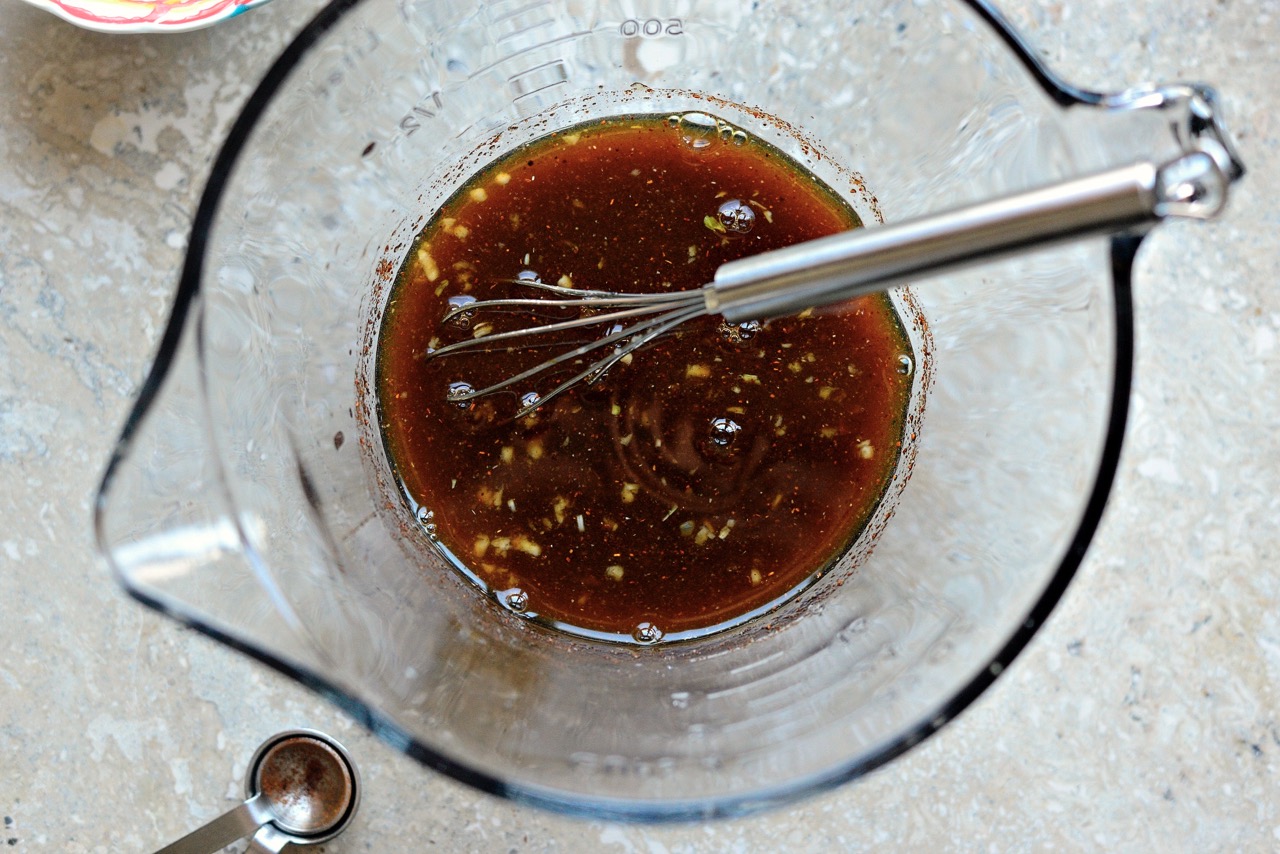
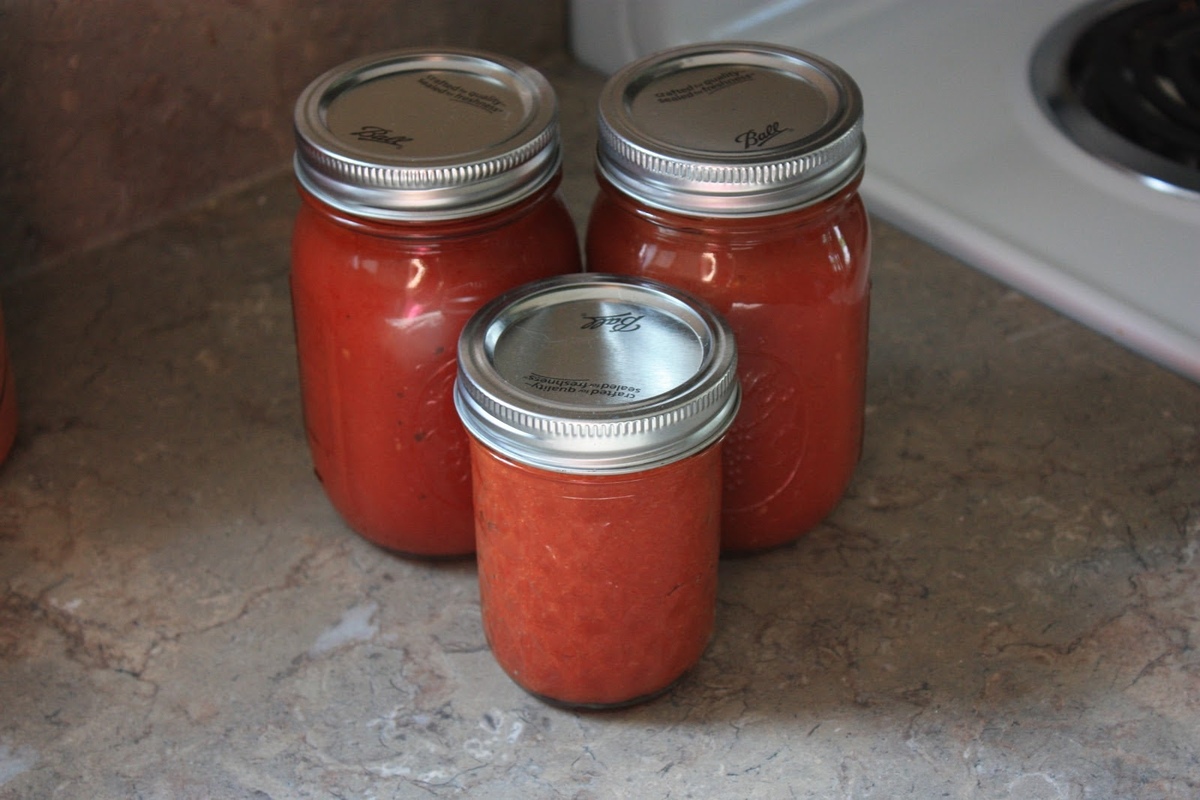
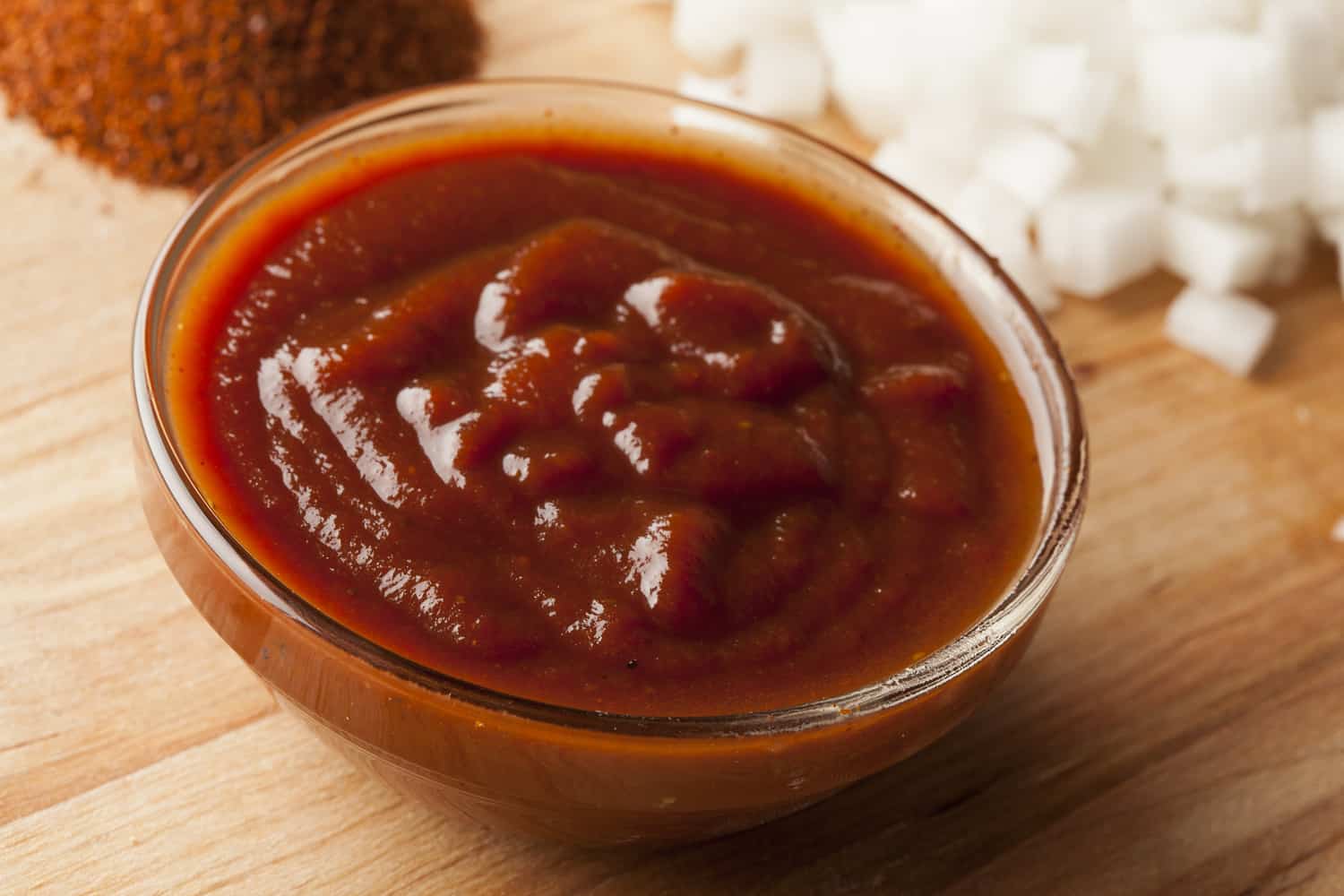
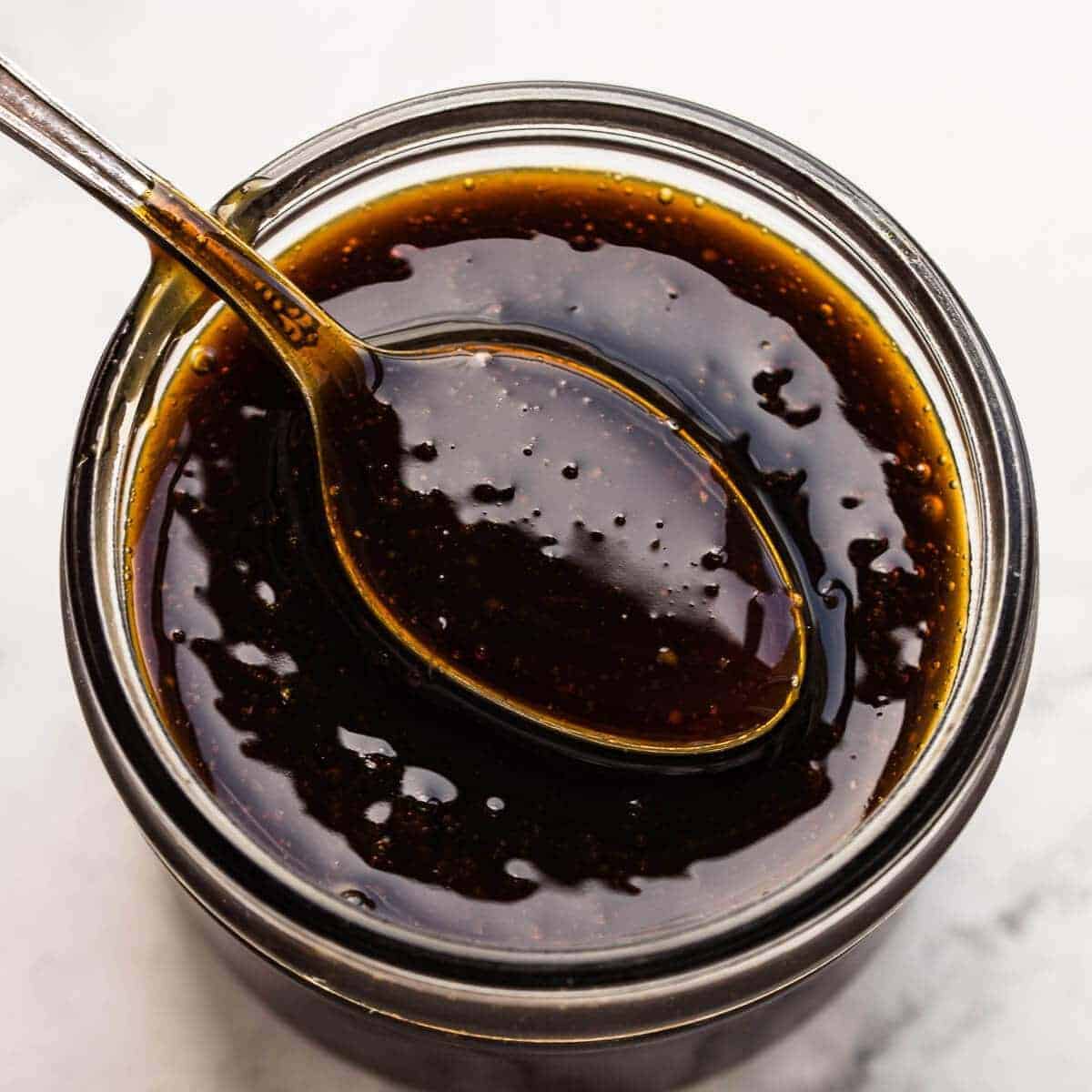
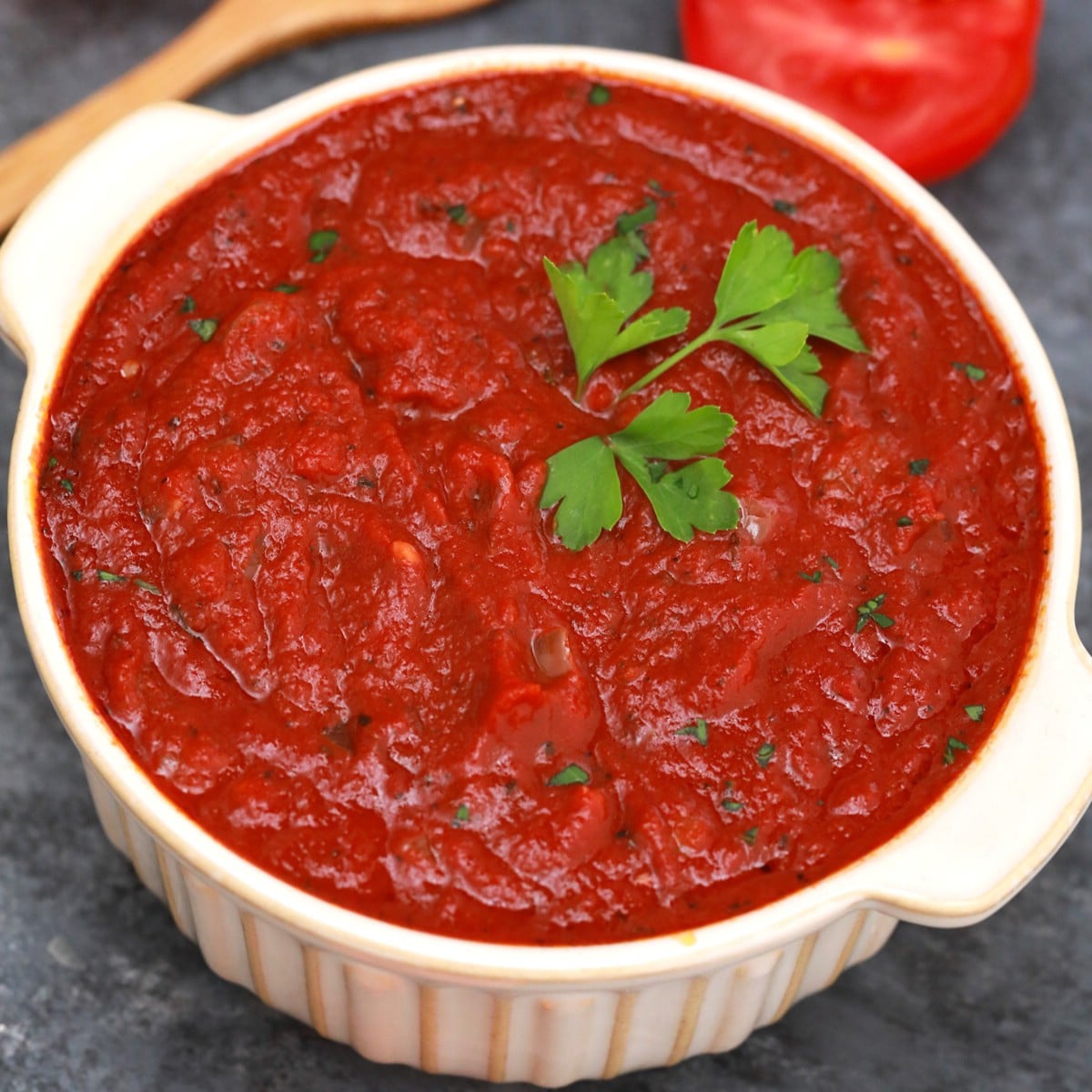

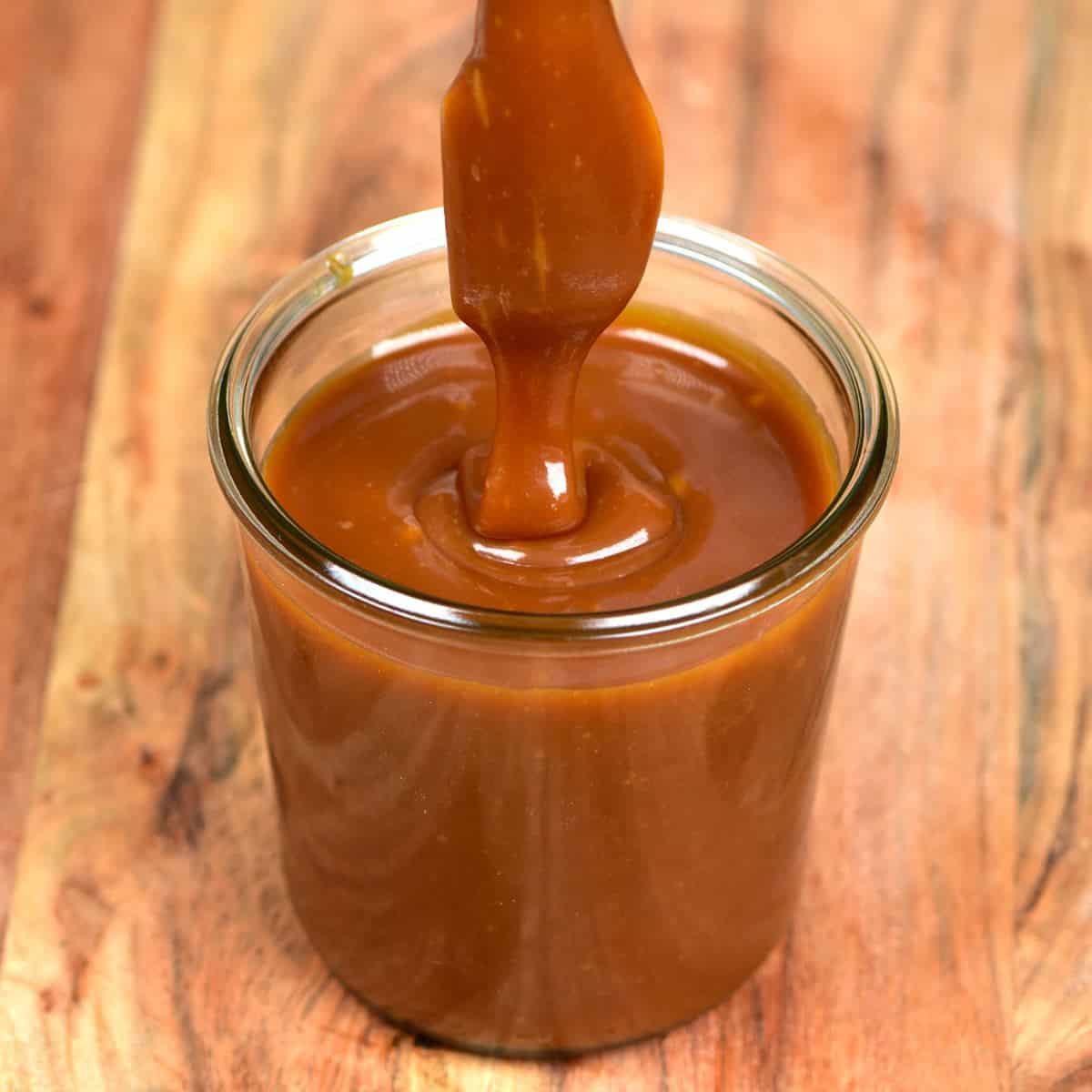
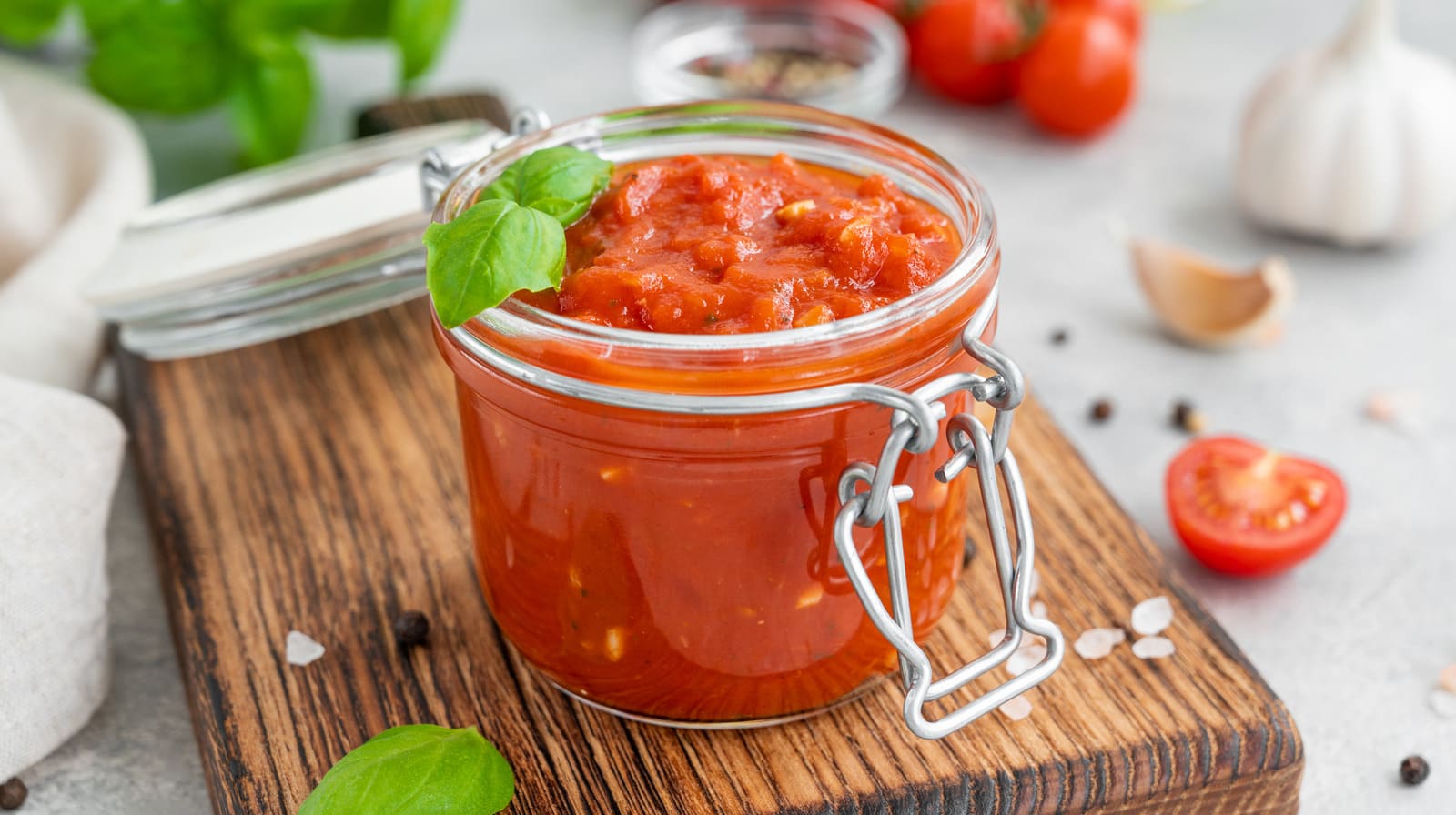
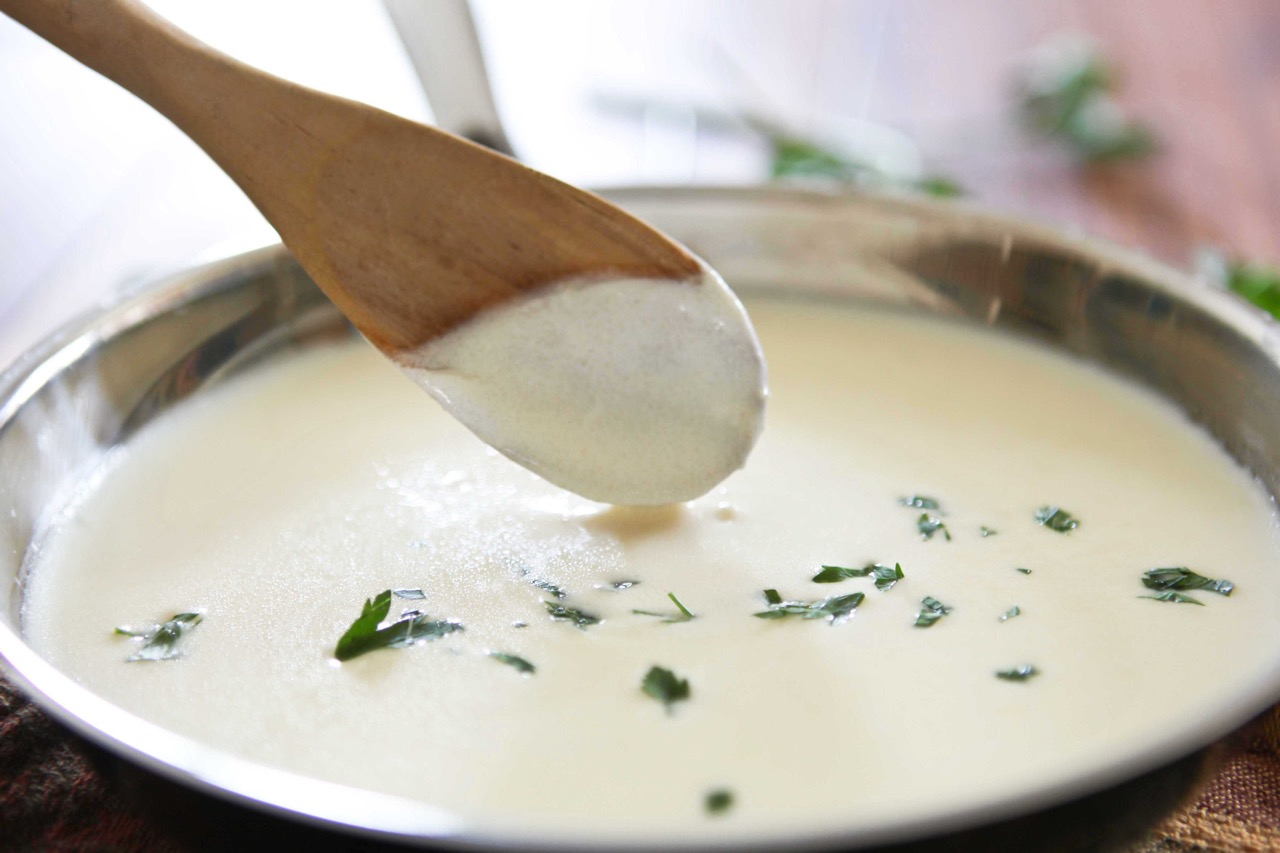
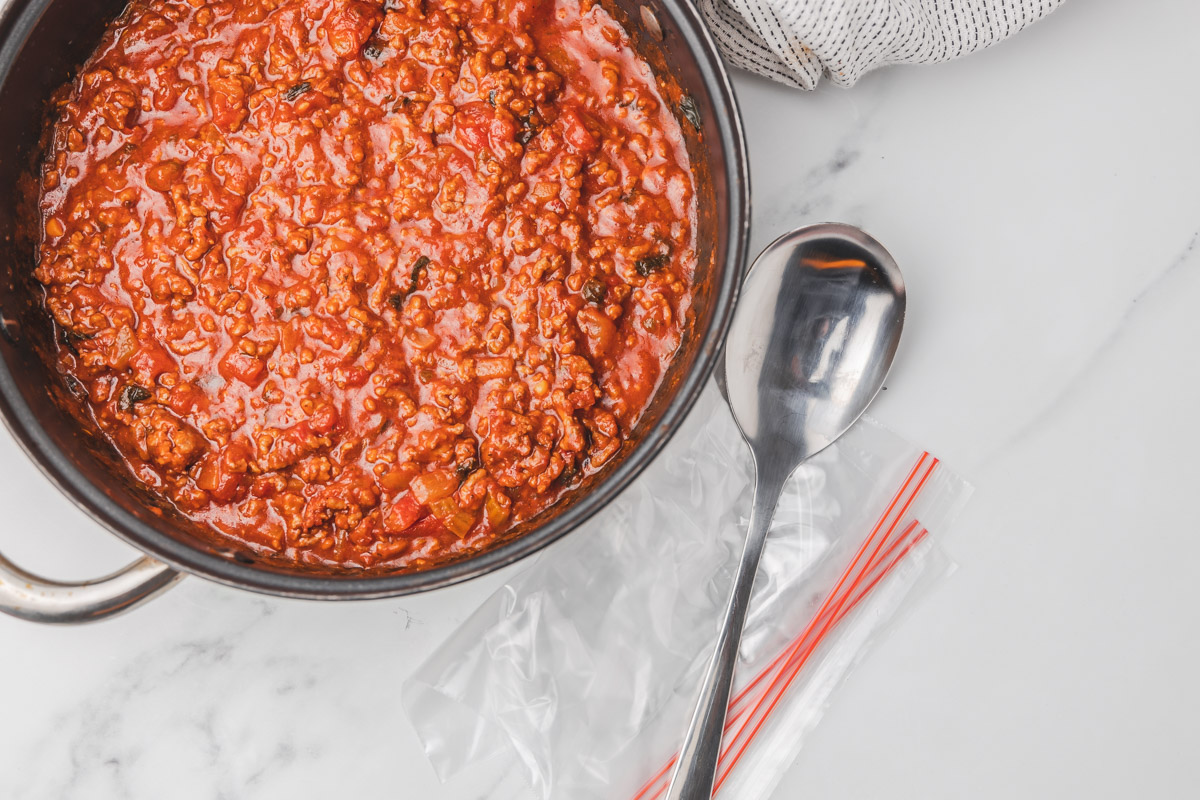
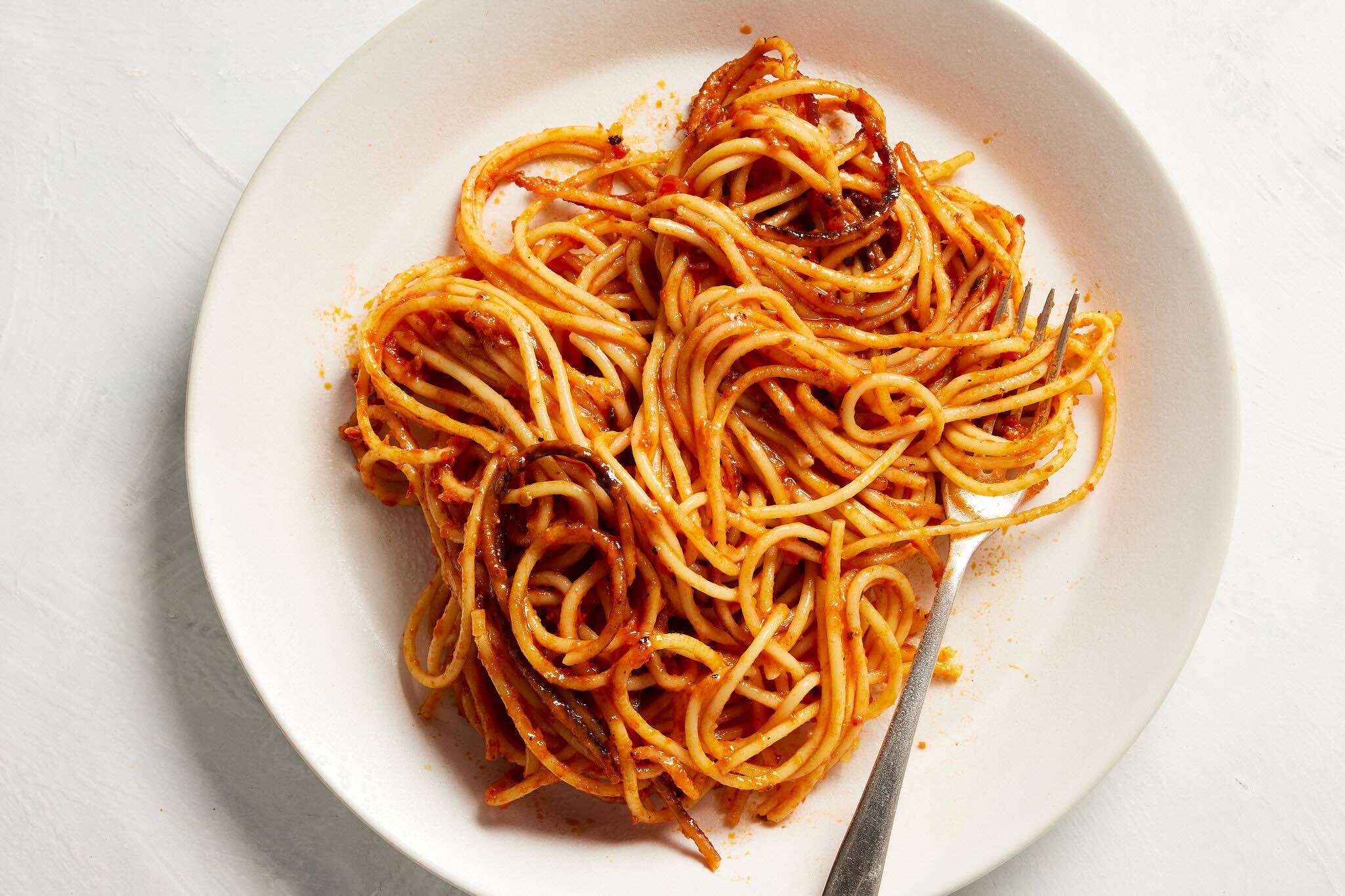
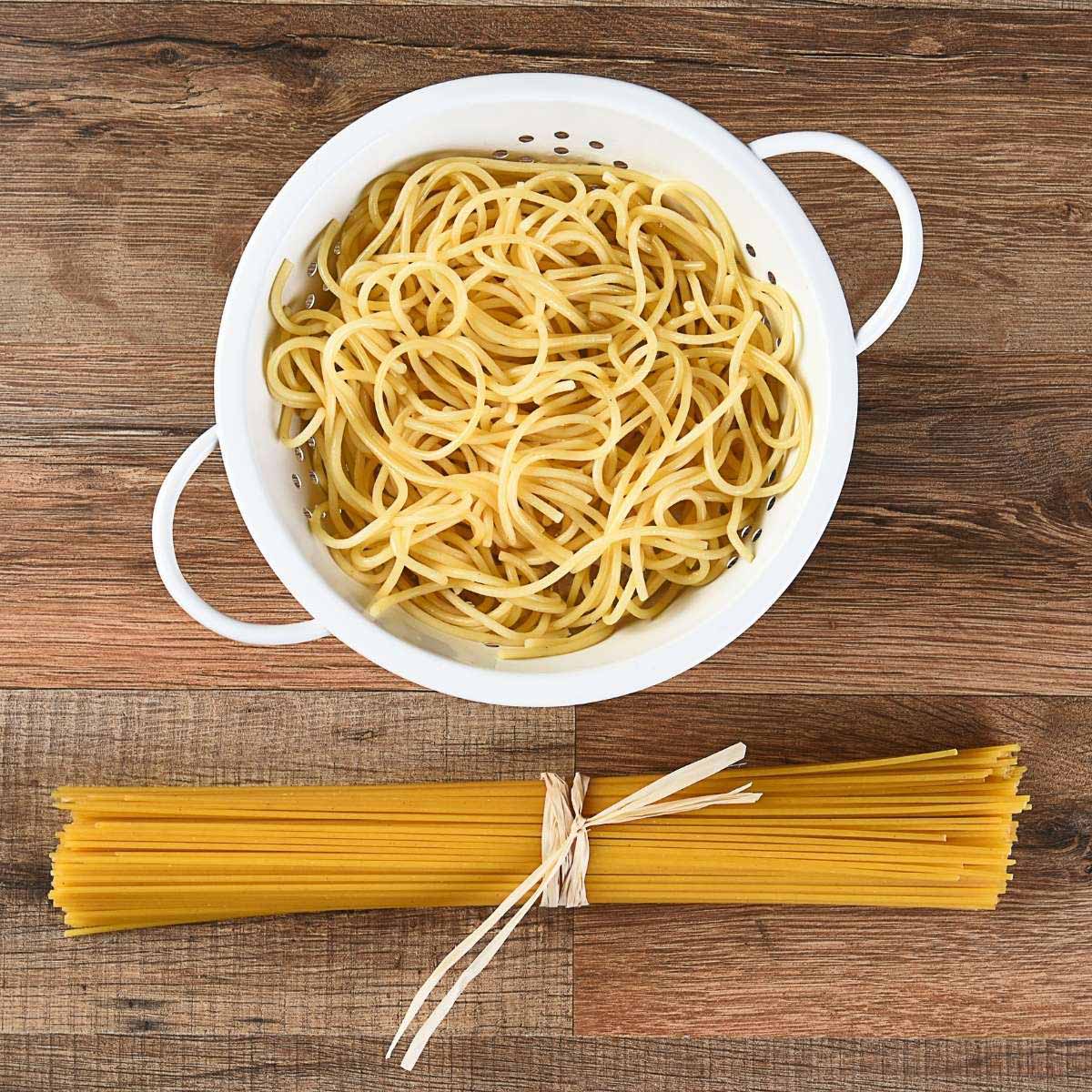



0 thoughts on “How To Store Homemade Spaghetti Sauce”